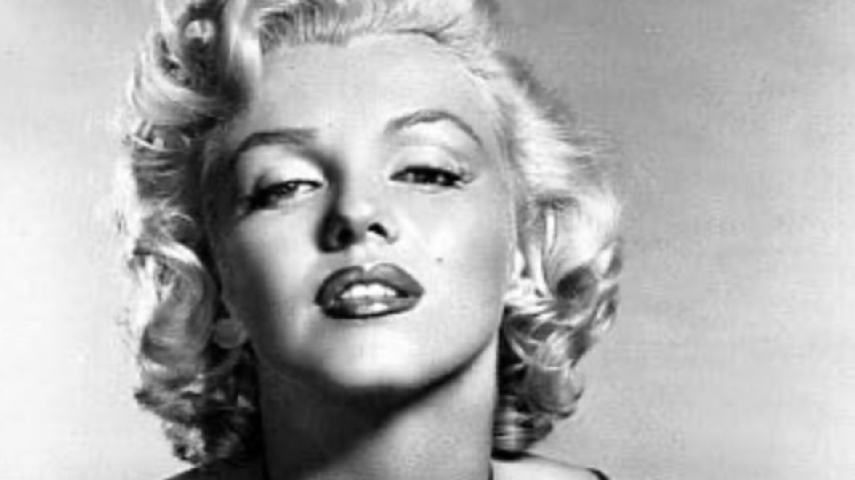
Photo credits: IMDb. Photo by Frank Powolny, 1952. Marilyn Monroe.
In the shimmering embrace of Monte-Carlo, where elegance dances with the Mediterranean breeze, the legacy of Marilyn Monroe glows like a star over the Principality. Though she never walked Monaco’s sunlit streets, Marilyn’s cinematic brilliance and enigmatic charm resonate deeply with its devotion to beauty and artistry. Her journey from a turbulent childhood to Hollywood icon, her introspective diaries, and her profound reflections weave a narrative that mirrors Monaco’s celebration of timeless glamour.
A Star Forged in Resilience
Born Norma Jeane Mortenson on June 1, 1926, in Los Angeles, Marilyn emerged from a childhood of foster homes and hardship to become Hollywood’s brightest star. Discovered as a pin-up model during World War II, she signed with 20th Century Fox, launching a career that redefined cinema. By the 1950s, her roles in Gentlemen Prefer Blondes (1953), The Seven Year Itch (1955), and Some Like It Hot (1959)—for which she won a Golden Globe—cemented her as a global icon. Yet, as she once reflected, “A career is born in public—talent in privacy,” revealing her belief that true artistry flourished in solitude.
Marilyn’s public persona as the “blonde bombshell” belied a complex woman of intellect and vulnerability. A voracious reader and poet, she sought authenticity in a world that often reduced her to an image. Her sensitivity shone through in moments of candor, as when she mused, “No one ever told me I was pretty when I was a little girl. All little girls should be told they’re pretty, even if they aren’t”.
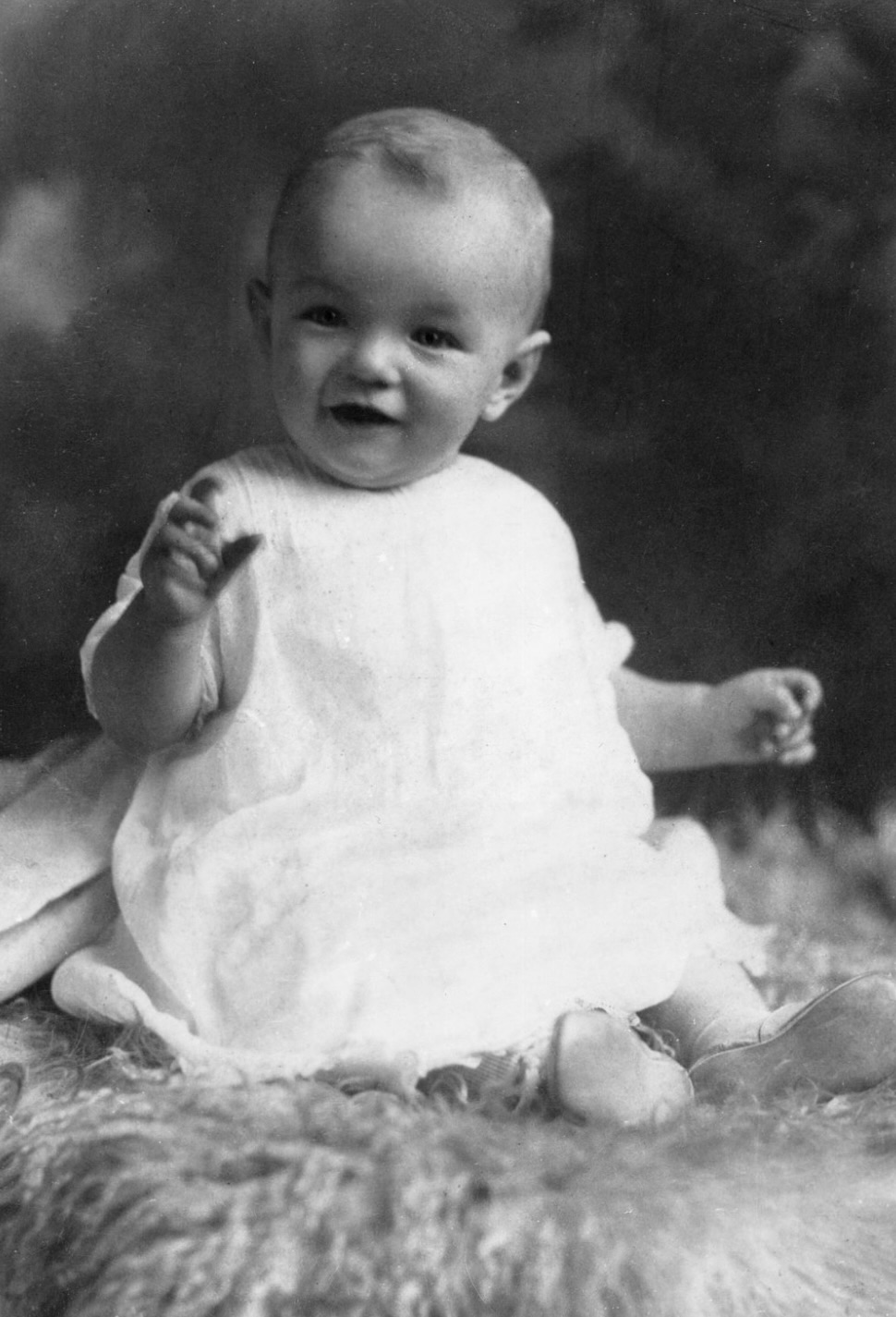
Photo credits: WIkipedia. Marilyn Monroe.

Photo credits: Wikipedia. Photo by David Conover, 1944, at the Radioplane Company. Marilyn Monroe.
Diaries of a Restless Soul
Marilyn’s private diaries, published in Fragments: Poems, Intimate Notes, Letters (2010), offer a window into her introspective soul and meticulous preparation for roles. She used these pages to dissect her characters’ emotions, as seen in her notes for Some Like It Hot, where she explored Sugar Kane’s naivety and strength, mirroring her own struggles with public perception. In one entry, she wrote, “For life: It is rather a determination not to be overwhelmed. For work: The truth can only be recalled, never invented”.
One revealing entry, tied to her role as Sugar Kane in Some Like It Hot (1959), reads, “What does Sugar want? She wants to be loved but she’s afraid to trust—she’s me, but she’s not me—she’s running but she wants to stay.” This note shows Marilyn’s method of blending her personal experiences with her character’s psyche. Sugar, a ukulele-playing singer chasing love and security, mirrored Marilyn’s own vulnerabilities, and her diary helped her navigate this overlap to deliver a performance that was both comedic and heartbreaking.
During the filming of Some Like It Hot, Marilyn struggled with personal challenges, including her failing marriage to Arthur Miller and health issues, which led to delays on set. Yet her diary entries reveal her determination to get Sugar right. She wrote detailed notes on Sugar’s backstory—her dreams, fears, and naive optimism—using these to ground her performance. Director Billy Wilder, though frustrated by her lateness, praised her “unique magic” on screen, a result of the emotional depth she excavated through her diary work.
The Actors Studio: Learning Method Acting
Marilyn’s journey to refine her acting began in earnest in 1955 when she moved to New York and joined the Actors Studio, a hub for method acting under the guidance of Lee Strasberg. The “Method,” rooted in Konstantin Stanislavski’s techniques, emphasized drawing on personal emotions and experiences to create authentic performances. Strasberg, who became Marilyn’s mentor and friend, recognized her raw talent and emotional depth, encouraging her to shed the stereotypes that Hollywood imposed. Marilyn attended classes diligently, often observing other actors or participating in scene studies, determined to prove she was more than a comedic ingenue.
In her diaries, Marilyn reflected on this transformative period, writing, “Strasberg makes me know myself—my knowing myself makes me know my character.” This undated note, likely from the mid-1950s, captures the profound impact of Strasberg’s teachings. She credits him with helping her access her inner emotional landscape, which she then channeled into her roles. For example, during her preparation for Bus Stop (1956), where she played Cherie, a vulnerable saloon singer, Marilyn worked closely with Strasberg to tap into memories of her own feelings of displacement and longing. The result was a performance critics praised for its raw authenticity, a testament to her rigorous training.
The story of her time at the Actors Studio is one of perseverance. Marilyn faced skepticism from peers who saw her as a celebrity rather than a serious actor, yet she attended classes in modest clothing, avoiding attention, and immersed herself in the work. Strasberg later recalled her as one of his most dedicated students, noting her ability to “reach into her own experiences” to find truth in her performances. Her diary entries from this period show her grappling with self-doubt but also her resolve to grow, making her Actors Studio training a cornerstone of her artistic evolution.
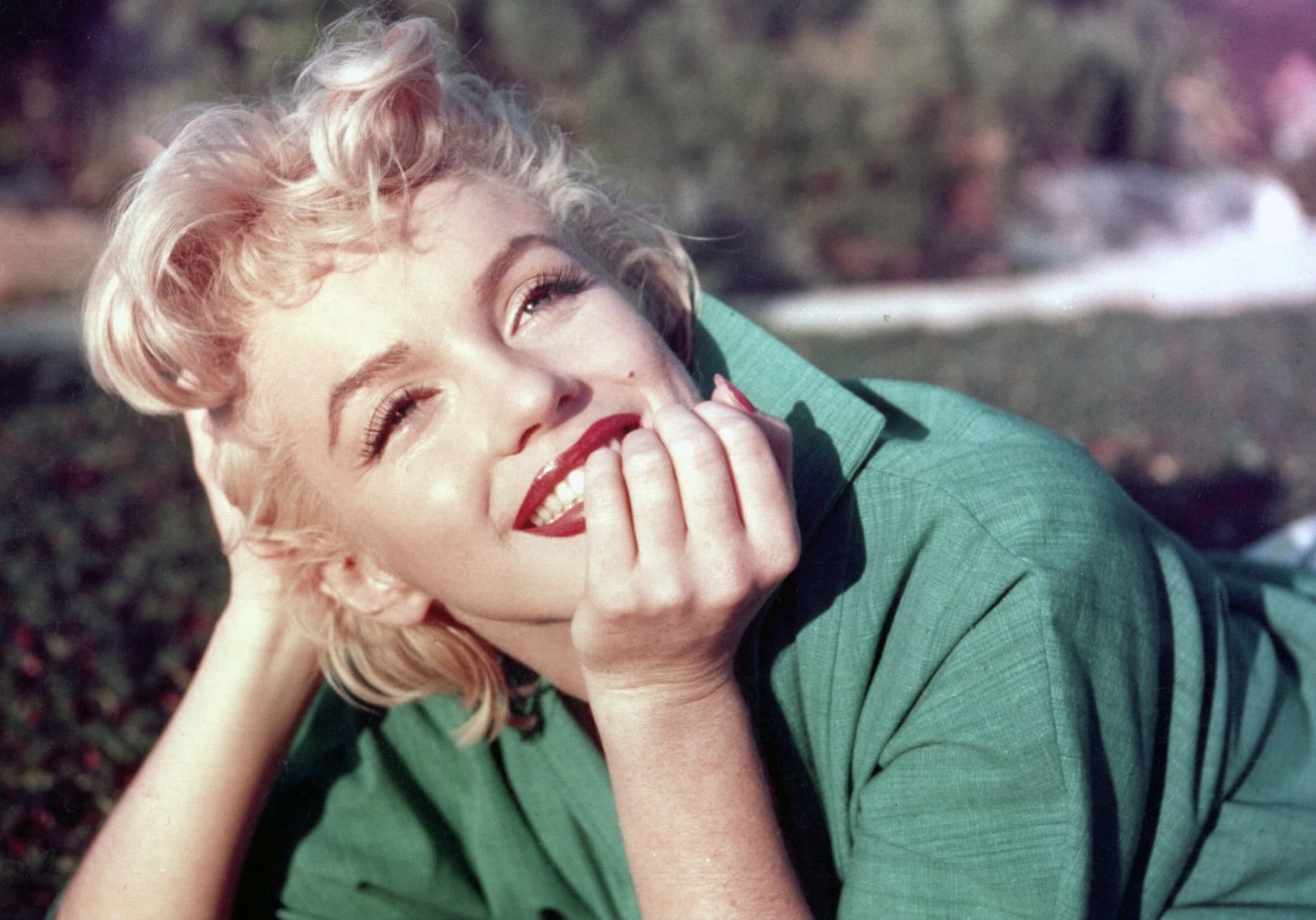
Photo credits: IMDb. Marilyn Monroe.
Studying with Paula Strasberg and Other Coaches
In addition to Lee Strasberg, Marilyn relied heavily on Paula Strasberg, Lee’s wife, who became her on-set acting coach starting with The Prince and the Showgirl (1957). Paula provided immediate feedback, helping Marilyn stay grounded in the Method during high-pressure shoots. A diary entry from this period reads, “Paula says feel the moment—don’t rush the truth—it’s in the pause.” This advice, jotted down during the filming of The Prince and the Showgirl, reflects Paula’s guidance to embrace subtle, authentic moments rather than forcing a performance. Marilyn applied this to her role as Elsie Marina, a chorus girl with quiet dignity, delivering a nuanced performance.
The story of Marilyn’s work with Paula Strasberg is one of trust and collaboration. On set, Paula was a constant presence, whispering notes or guiding Marilyn through emotional scenes. While some crew members viewed Paula’s involvement skeptically, Marilyn’s diaries reveal her gratitude, as Paula helped her navigate the Method under the scrutiny of major productions. For Some Like It Hot, Paula coached Marilyn to find Sugar’s innocence in small gestures, like the way she clutched her ukulele, a detail Marilyn noted in her diary as “Sugar’s heart in her hands.” This collaboration deepened Marilyn’s ability to embody her characters fully.
Marilyn also worked briefly with other coaches, like Natasha Lytess, her early mentor at 20th Century Fox. Though their relationship soured by 1954, Lytess taught Marilyn vocal control and emotional projection, skills she later refined in her diaries. An early diary note from 1951, during Love Nest, reads, “Natasha says use my breath—my voice is my soul—make it sing.” This advice shaped Marilyn’s distinctive, breathy delivery, which she later adapted to suit characters like Lorelei Lee in Gentlemen Prefer Blondes (1953).
A Personality of Light and Shadow
Marilyn’s personality was a tapestry of radiance and fragility. To the world, she was luminous, yet privately, she grappled with self-doubt. In a 1952 interview with Pageant Magazine, she acknowledged her fans’ role in her success, saying, “If I’m a star, the people made me a star,” a humble nod to those who elevated her. Yet she also confronted the weight of her image, admitting, “I’m a failure as a woman. My men expect so much of me, because of the image they’ve made of me—and that I’ve made of myself—as a sex symbol.” This candor reveals a woman navigating societal expectations with courage. Her ability to balance charisma with vulnerability made her timeless. Even in moments of despair, she sought restoration, noting, “I restore myself when I’m alone,” a reflection that speaks to her need for solitude to nurture her craft.
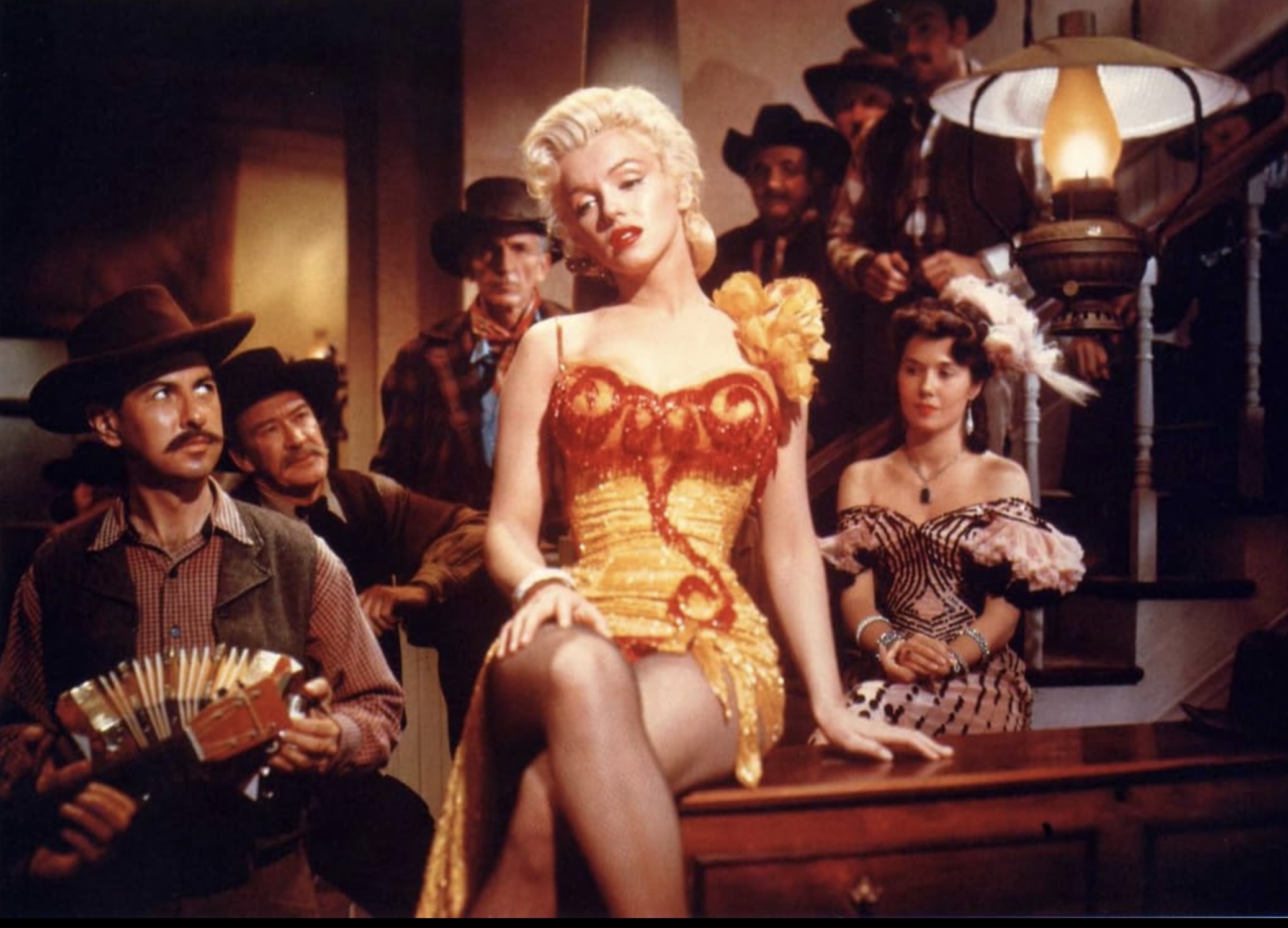
Photo credits: IMDb. Marilyn Monroe and Jarma Lewis in River of No Return (1954).
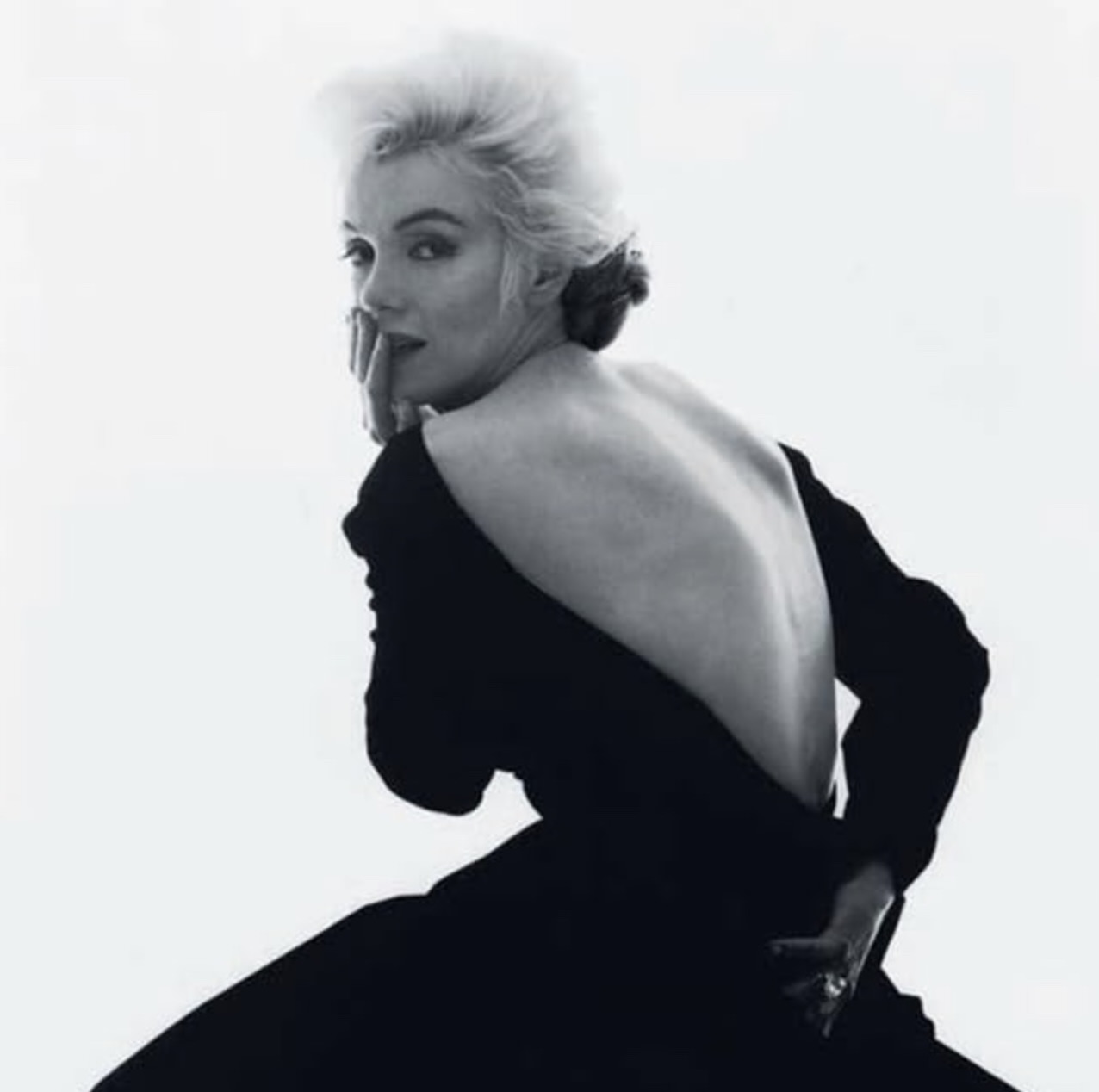
Photo credits: IMDb. Photo by Bert Stern. Marilyn Monroe.
A Legacy That Endures
Marilyn Monroe’s life, though tragically ended on August 4, 1962, at age 36, remains a beacon of resilience and artistry. Her films, diaries, and reflections reveal a woman who was far more than a Hollywood icon, but a human with her own way and constant search of meaning in her craft and life.

